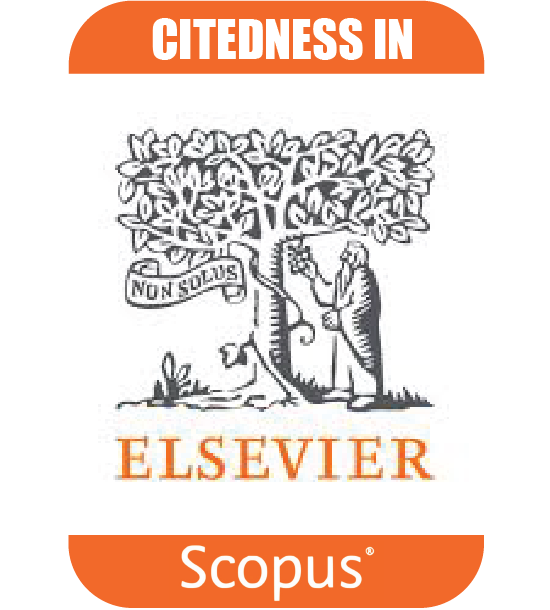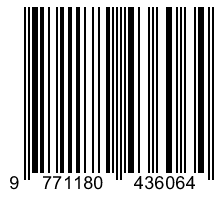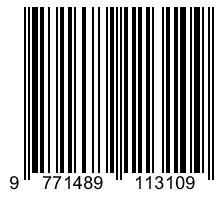KERUSAKAN SITUS ARKEOLOGI DI KALIMANTAN SELATAN: DAMPAK NEGATIF AKIBAT KEGIATAN MASYARAKAT DAN PEMERINTAH DAERAH
Keywords:
Situs terbuka, Situs tertutup, Kalimantan Selatan, Benda Cagar Budaya, Undang-undang Cagar Budaya, Open sites, Closed sites, South Kalimantan, The Cultural Heritage, The Heritage ActAbstract
Abstrak. Seperti halnya di daerah lain di Indonesia, jumlah situs-situs arkeologi di wilayah Kalimantan
Selatan terbilang cukup banyak. Ada dua jenis situs di wilayah Kalimantan Selatan ini, yaitu situs
tertutup dan situs terbuka. Kedua jenis situs tersebut sudah ada yang diteliti secara intensif ada juga yang
belum, dan sebagian sudah ditetapkan menjadi Benda Cagar Budaya (BCB). Fenomena yang terjadi
pada saat ini adalah masih terjadi aktivitas yang merusak wilayah situs baik yang sudah dilindungi
maupun yang belum. Kegiatan tersebut dilakukan baik oleh masyarakat umum di lingkungan situs
maupun atas kebijakan pemerintah daerah setempat. Makalah ini bertujuan untuk melihat kembali
kerusakan situs-situs arkeologi di wilayah Kalimantan Selatan akibat dampak negatif dari aktivitas
masyarakat, dan berusaha mendapatkan strategi untuk mengurangi kegiatan yang merugikan. Metode
yang digunakan adalah deskriptif dengan pendekatan induktif. Data dikumpulkan dari hasil studi
pustaka, yaitu dari laporan yang tersimpan di perpustakaan Balai Arkeologi Banjarmasin, dan dari
hasil pengamatan penulis saat melakukan penelitian arkeologi. Berdasarkan hasil analisis dari
masing-masing kasus, dapat diketahui bahwa kebutuhan ekonomi masyarakat dan pembangunan
oleh pemerintah daerah yang banyak mendorong terjadinya kerusakan situs. Aktivitas yang merusak
dilakukan karena masih rendahnya pemahaman akan pentingnya sebuah situs purbakala dan masih
lemahnya penerapan sangsi terhadap pelanggaran Undang-undang Cagar Budaya.
Kata kunci: Situs terbuka, Situs tertutup, Kalimantan Selatan, Benda Cagar Budaya, Undang-undang
Cagar Budaya.
Abstract. The Damage of Archaeological Sites in South Kalimantan: The Negative Impact due
to Community and Local Government Activities. As in other areas in Indonesia, the number of
archaeological sites in South Kalimantan region are quite a lot. There are two types of sites in
South Kalimantan region, closed site and open site. Both types have already been investigated
intensively and others only were surveyed with the aim to determine its potential. Some open sites
have already designated as protected areas (as cultural property) and some others have not. The
occurrence phenomenon is that looting of sites occur either at protected sites or not protected sites.
These activities are carried out not only by the general public at surrounding the site but also by the
discretion of local government. This paper aims to review the damage to archaeological sites in South
Kalimantan due to the negative impact of human activity, and tries to work on strategies which will
reduce the impacts. The research method used is descriptive with inductive approach. Data have been
collected from the literature, from the report stored in the library of the Archaeological Institute of
Banjarmasin, and from observations of the author while doing archaeological research. Based on
the analysis of each case, it can be seen that the economic needs of society and development by local
governments encouraging some damages of the sites. The activities were done because there is still
lack of understanding how important the archaeological sites, and the weak application of sanctions
for The Heritage Act.
Keywords: Open sites, Closed sites, South Kalimantan, The Cultural Heritage, The Heritage Act.
Downloads
Published
How to Cite
Issue
Section
License
Copyright (c) 2013 Sunarningsih

This work is licensed under a Creative Commons Attribution-ShareAlike 4.0 International License.








